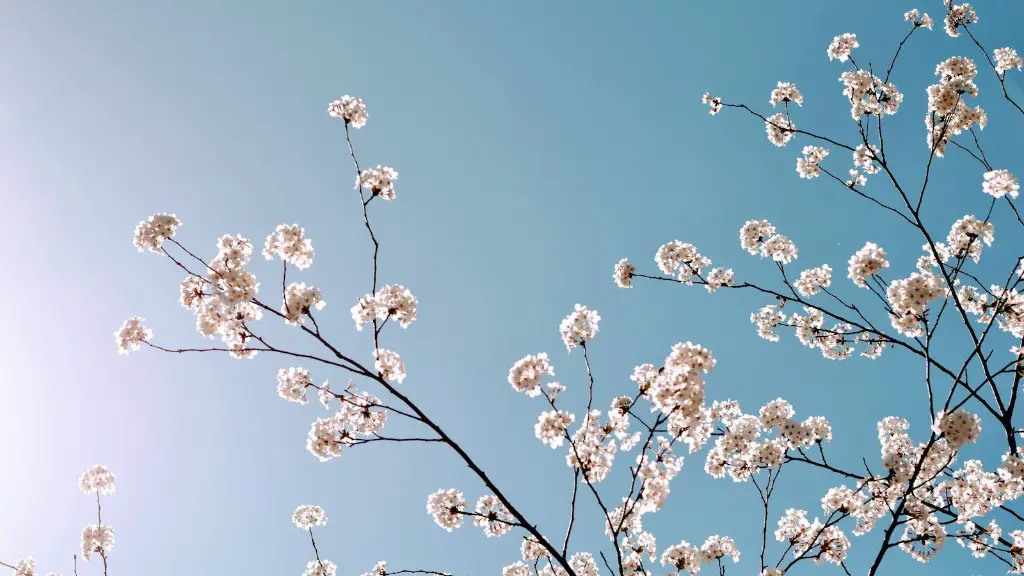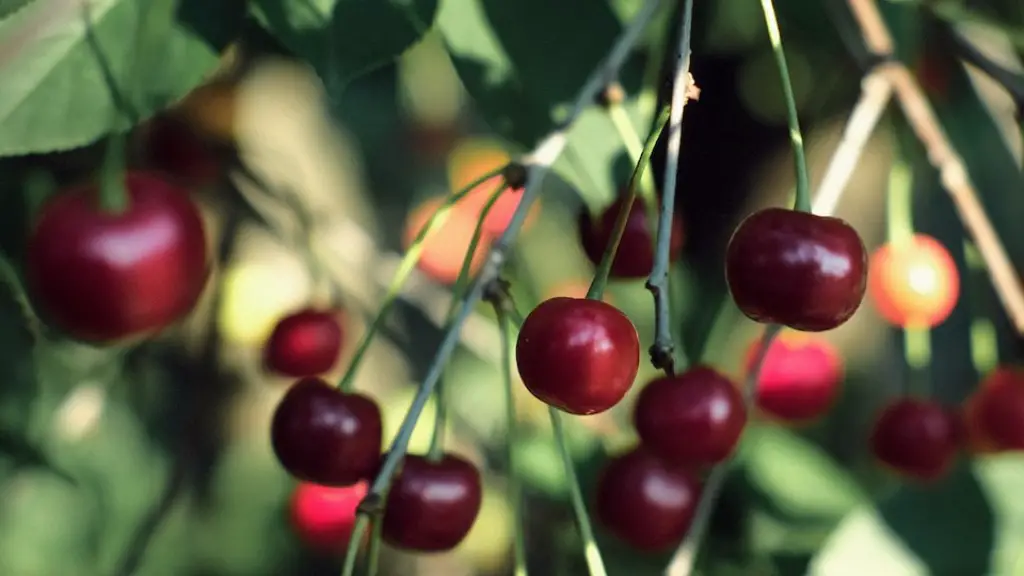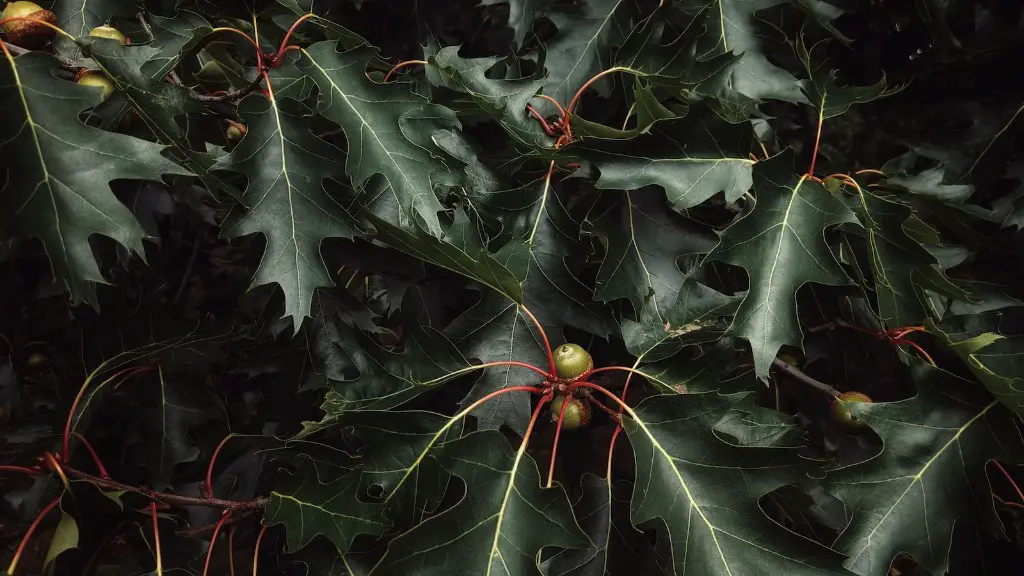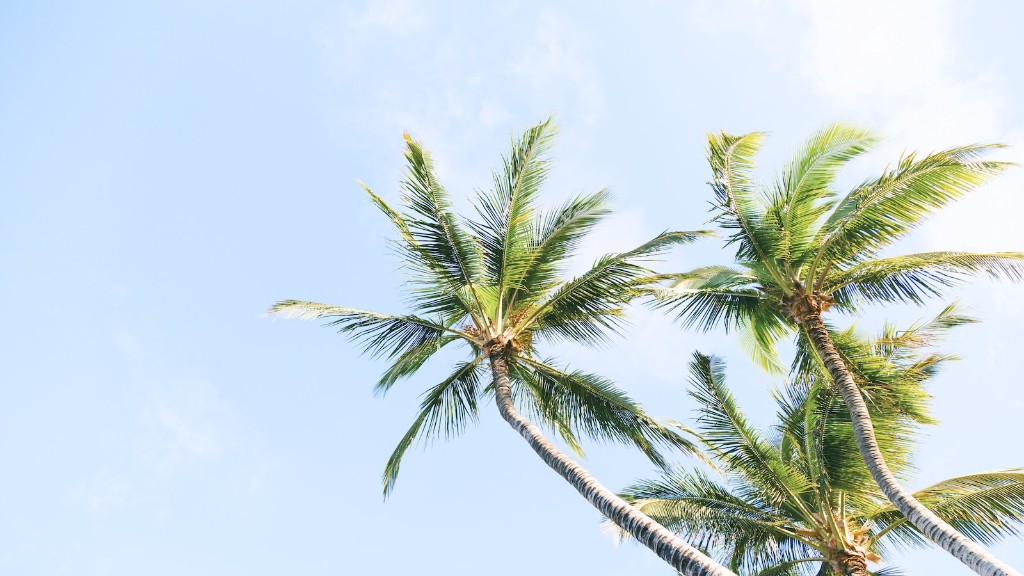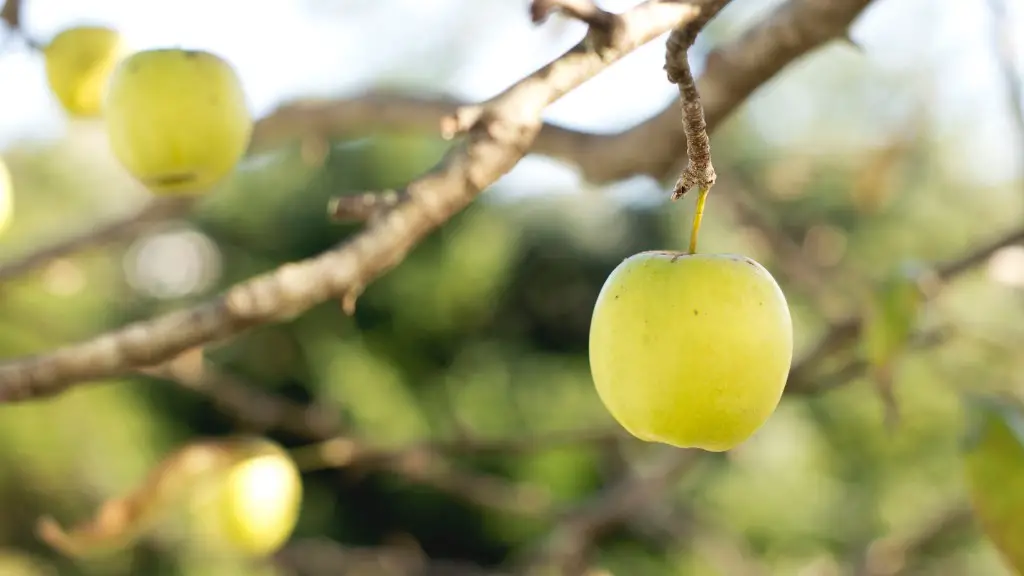Kwanzan cherry trees are beautiful, deciduous, flowering trees that are popular with gardeners for their show-stopping spring blossom displays. This fast-growing variety of flowering house produces pink or white blossoms and is hardy in United States Department of Agriculture hardiness Zones 5 to 9. For those living in climates beyond these USDA hardiness guidelines, kwanzan cherries can still be enjoyed potted in containers and placed outdoors during the temperate spring months. If you’re a gardener with a kwanzan cherry that isn’t blooming, it may be due to a variety of reasons.
For proper care, kwanzan cherry trees prefer full sun and moist, well-aerated soil. These trees can be grown in a wide variety of soil types and pH as long as drainage remains adequate. Young kwanzan cherry trees must be watered regularly and deeply during the first couple of years until their root systems are well established. Trees that are stressed due to lack of water during hot spells or competition from surrounding vegetation can cause poor flowering. Fertilization needs vary depending on soil quality and the age of the tree.
If you experience a spring without the usual flurry of blossoms, the age of your tree could be the source of the problem. Kwanzan cherry trees are late bloomers, and they generally don’t begin to flower until they are more than five years old. Young trees are often never pruned to encourage flowering and because removing too much foliage can severely stress the tree. Typically, once the tree is at maturity (over five years) it should be pruned after flowering ends.
If you’re pruning your kwanzan cherry correctly, late frost or cold damage can also prevent flowering. Because kwanzan cherries bloom on buds that were produced the previous season, cold snaps during blossom season can kill the blooms for the season. To minimize this effect in areas with unpredictable winter weather, avoid pruning in late winter or early spring during this type of weather.
Varieties of kwanzan cherry trees can vary in terms of alkalinity and acidity tolerances, and this can impact flowering. To ensure healthy growth, it is important to select a variety that is best suited for your soil profile. If your soil is too alkaline or acidic, applications of lime or sulfur may be necessary to balance the pH.
In order to avoid common issues with flower production, a soil test should be conducted in the early spring to assess nitrogen content and pH levels. If your soil is alkaline, amend it with compost, peat, or sulfur. To increase nitrogen levels, add organic matter such as manure or compost. Following these steps should ensure that your kwanzan cherry tree blooms abundantly each season.
Protecting the Tree from Pests
Pests can also keep kwanzan cherry trees from blooming. The most common pests are caterpillars, aphids, and scale insects. Maintaining a healthy tree through proper pruning and care can minimize the impact of pests on flowering. To combat pests, be sure to keep your tree clean and inspect the trunk and branches for any signs of infestation. Healthy trees are more likely to be resilient to invasive pests.
In addition, it is important to keep an eye on competitors in the form of weeds and other plants. Weeds can compete for water and nutrients, leading your kwanzan cherry to become stressed and stunted. To protect your tree from weeds, mulch should be applied to discourage weed growth during the growing season.
Aphids, scale insects and caterpillars can also be manually removed or treated with insecticides such as horticultural oils, neem oil, and insecticidal soaps. Whichever product you use, be sure to follow the manufacturer’s instructions for proper and safe use.
Fungal Diseases
Fungal pathogens can also interfere with a tree’s flowering. Leaf spot and powdery mildew are two common fungal diseases that can cause problems with blooming. Leaf spot causes purple to brown spots on leaves, while powdery mildew causes a white powdery mat to develop on the surface of the leaves. To avoid fungal diseases, trees should be watered early in the day and the foliage should be kept dry. If there is an infestation, prune infected branches and apply fungicidal sprays according to the instructions on the label.
Winter Injury
Kwanzan cherry trees can be injured by winter cold and drying winds. These injuries can take the form of branch dieback, bark splitting, and leaf discoloration. To protect your kwanzan cherry from winter damage, wrap the trunk with burlap or other material during cold spells. This can help insulate the tree from sudden temperature fluctuations that can cause branch dieback.
Another way to protect your tree from winter injury is to apply winter protection spray. This spray is applied late fall and helps prevent damage from drying winds. Also, make sure to mulch around the base of the tree to protect the roots from temperature fluctuations.
Timely Pruning
Pruning is an important part of keeping your kwanzan cherry tree healthy and flowering. Pruning should be done after the tree has stopped blooming and before budding begins in the spring. One way to tell when it is time to prune is to look for the swollen buds on the ends of the branches. This indicates that the tree is ready to form new growth and is the ideal time to prune.
Remember to always prune young trees lightly as too much pruning can be stressful for young trees and prevent flower production. Generally, no more than one-third of the tree should be pruned in a single year.
Fertilize Strategically
Fertilizing your kwanzan cherry tree is key for healthy growth and abundant flowering. Fertilization should be done following the soil test and should be done in the late fall or early winter. Apply a granular, slow-release fertilizer such as a 5-10-5 fertilizer or one labeled for use on flowering trees.
The amount of fertilizer depends on the age and size of your tree. For established trees, generally 1 to 2 pounds of a 5-10-5 fertilizer is sufficient. For young trees, use between 0.5 and 1 pound of fertilizer.
Proper Pollination
In addition to adequate fertility, proper pollination is essential for the kwanzan cherry tree to produce a satisfactory number of blooms. Since kwanzan cherry trees produce flowers in clusters, they require good insect pollination. Bees are the most efficient pollinators, so if you want to ensure plenty of flowers each season, be sure to attract bees and other pollinators to your garden.
To attract bees to your garden, plant a variety of flowering plants that bloom at different times of the year. This will provide bees with a steady source of nectar. Additionally, avoid the use of pesticides whenever possible as these can have a negative effect on pollinator populations.
Producing Fruit
Kwanzan cherry trees are ornamental flowering trees, but they can also produce fruit when properly pollinated. In order to produce fruit, your tree must be near a different variety of Japanese flowering cherry. If there is not another variety of Japanese flowering cherry nearby, the flowers will not be pollinated and the tree will not produce fruit.
If you are looking for a large crop of fruit each season, it is recommended that your tree is exposed to ideal weather conditions. Too much rain or lack of sunlight can reduce fruit production. Additionally, if temperatures are too warm during the blooming period, the crop may suffer or be aborted altogether.
